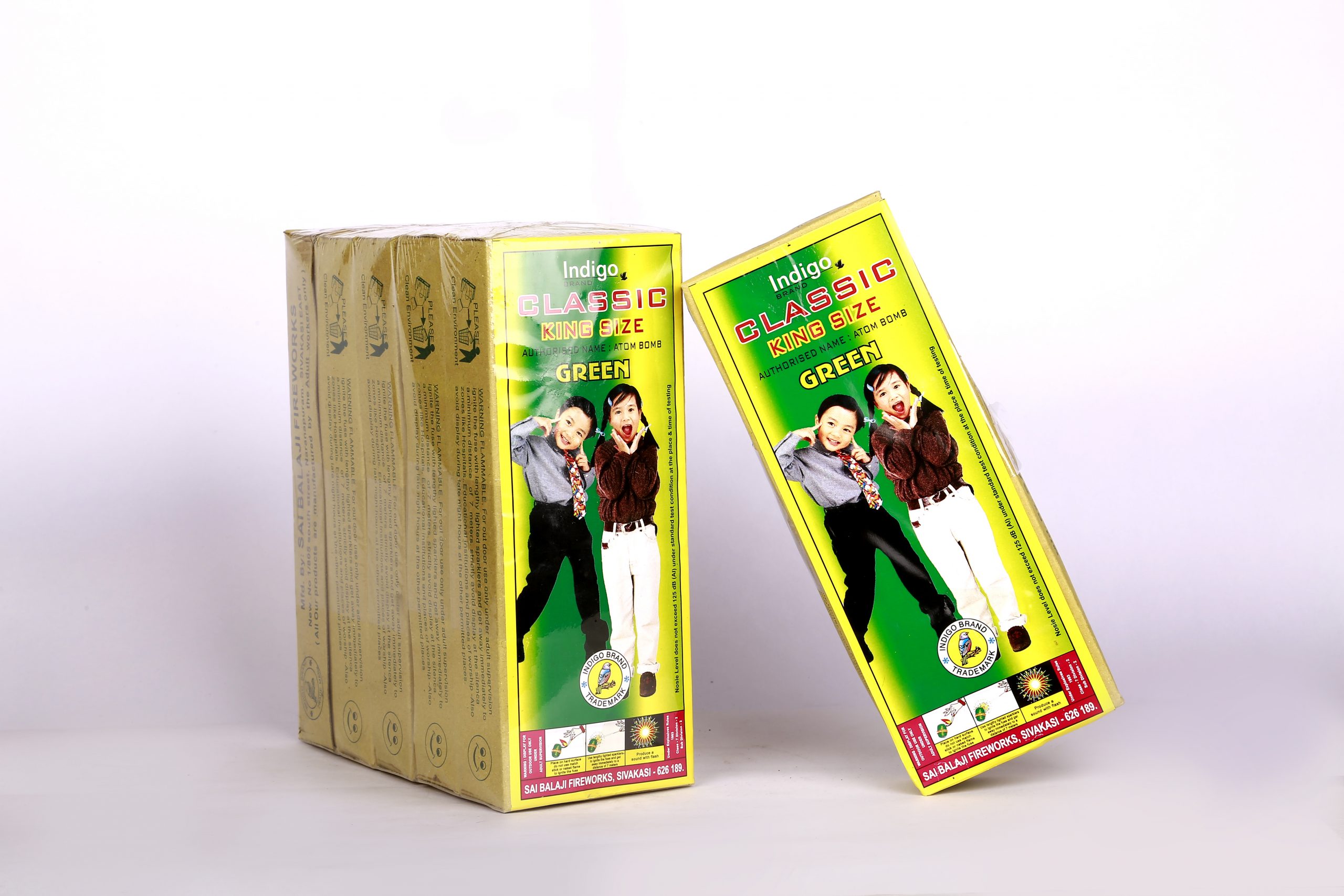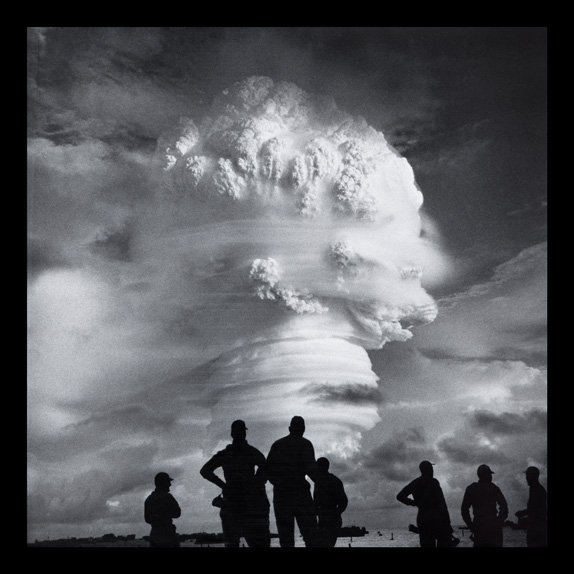

George Paget Thomson, at Imperial College London, and Mark Oliphant, an Australian physicist at the University of Birmingham, were tasked with carrying out a series of experiments on uranium. Wells, with a continuously exploding bomb in his 1913 novel The World Set Free. The term was already familiar to the British public through the writings of H. The discovery of fission raised the possibility that an extremely powerful atomic bomb could be created. By analogy with the division of biological cells, they named the process " fission". Hahn wrote to his colleague Lise Meitner, who, with her nephew Otto Frisch, determined that the uranium nucleus had been split, a conclusion they published in Nature in 1939. In December 1938, Otto Hahn and Fritz Strassmann at Hahn's laboratory in Berlin-Dahlem bombarded uranium with slow neutrons, and discovered that barium had been produced. The neutron was discovered by James Chadwick at the Cavendish Laboratory at the University of Cambridge in February 1932, and in April 1932, his Cavendish colleagues John Cockcroft and Ernest Walton split lithium atoms with accelerated protons. Main articles: MAUD Committee and Tube Alloys The Poynting Physics building at the University of Birmingham, where Peierls and Frisch wrote the Frisch–Peierls memorandum With at least one submarine always on patrol, the Vanguards perform a strategic deterrence role and also have a sub-strategic capability. Each submarine is armed with up to sixteen Trident II missiles, each carrying warheads in up to eight multiple independently targetable re-entry vehicles (MIRVs). The delivery system consists of four Vanguard-class submarines based at HMNB Clyde in Scotland. Since 1998, when the UK decommissioned its tactical WE.177 bombs, the Trident has been the only operational nuclear weapons system in British service. In 1982, the Polaris Sales Agreement was amended to allow the UK to purchase Trident II missiles. Nuclear-capable American aircraft had been based in the UK since 1949, but the last US nuclear weapons were withdrawn in 2008. The US also supplied the Royal Air Force and British Army of the Rhine with nuclear weapons under Project E in the form of aerial bombs, missiles, depth charges and artillery shells until 1992. Under the 1963 Polaris Sales Agreement, the US supplied the UK with Polaris missiles and nuclear submarine technology. Instead, it purchased US delivery systems for UK use, fitting them with warheads designed and manufactured by the UK's Atomic Weapons Establishment (AWE) and its predecessor. The UK has not had a programme to develop an independent delivery system since the cancellation of the Blue Streak in 1960. The nuclear Special Relationship between the two countries has involved the exchange of classified scientific data and fissile materials such as uranium-235 and plutonium. Since the 1958 US–UK Mutual Defence Agreement, the US and the UK have cooperated extensively on nuclear security matters. The British hydrogen bomb programme demonstrated Britain's ability to produce thermonuclear weapons in the Operation Grapple nuclear tests in the Pacific, and led to the amendment of the McMahon Act. Eleven more British nuclear weapons tests in Australia were carried out over the following decade, including seven British nuclear tests at Maralinga in 19.

On 3 October 1952, it detonated an atomic bomb in the Monte Bello Islands inĪustralia in Operation Hurricane. Fearing the loss of Britain's great power status, the UK resumed its own project, now codenamed High Explosive Research. The British government considered nuclear weapons to be a joint discovery, but the American Atomic Energy Act of 1946 (McMahon Act) restricted other countries, including the UK, from access to information about nuclear weapons. At the Quebec Conference in August 1943, it was merged with the American Manhattan Project.

The UK initiated a nuclear weapons programme, codenamed Tube Alloys, during the Second World War. In 1952, the United Kingdom became the third country (after the United States and the Soviet Union) to develop and test nuclear weapons, and is one of the five nuclear-weapon states under the Treaty on the Non-Proliferation of Nuclear Weapons.


 0 kommentar(er)
0 kommentar(er)
